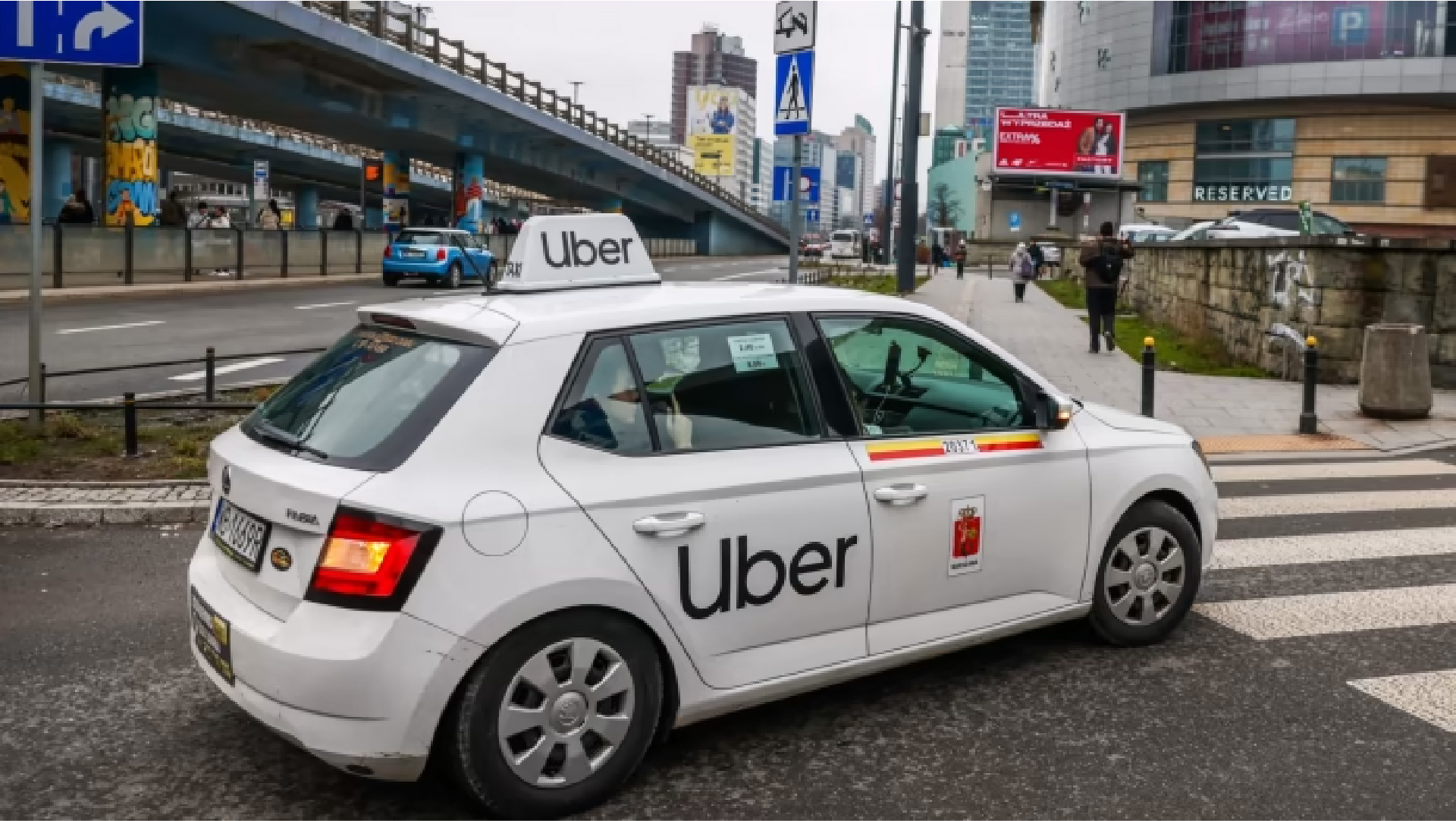
Cruise and Uber Partner to Bring Robotaxis to Ride-Hailing Platform in 2025
- entspos
- 9:34 am
- August 23, 2024
Cruise, General Motors’ self-driving subsidiary, has signed a multi-year agreement with Uber to integrate its robotaxis into the ride-hailing platform by 2025. While Cruise hasn’t specified the exact date customers can expect to see its vehicles on Uber’s app, a spokesperson told TechCrunch that the partnership will commence after Cruise relaunches its own driverless service.
This announcement signals that Cruise is gearing up to bring its robotaxis back to public roads following an incident last October when one of its vehicles struck a pedestrian (who was initially hit by a human-driven car). The partnership also aligns with Uber CEO Dara Khosrowshahi’s recent comments positioning Uber as a key partner for autonomous vehicle companies aiming to commercialize their technology.
Uber has already teamed up with Waymo, offering Waymo vehicles on its app in Phoenix since October 2023. Before the safety incident that led to Cruise losing its autonomous operating permits in California and grounding its U.S. fleet, Cruise had been rapidly expanding, offering paid autonomous rides in cities like San Francisco, Austin, Houston, and Phoenix, with driverless testing also taking place in Miami.
In April 2024, Cruise resumed manual testing of its robotaxis in Phoenix and has since extended testing to Dallas and Houston. The company is also working closely with regulators to facilitate a safe relaunch. Recently, Cruise recalled its fleet of 1,194 autonomous vehicles to address a federal safety investigation related to unexpected braking issues. In June, Cruise paid a $112,500 fine to California regulators for communication mishandling during last year’s incident, positioning the company to restart operations in the state.
Cruise’s collaboration with Uber echoes earlier remarks by Uber CEO Dara Khosrowshahi, who highlighted Uber’s ability to add significant value for autonomous vehicle companies seeking large-scale deployment. He noted that while AVs are costly, Uber can enhance their utilization without the need for AV companies to invest in acquiring customers or building complex marketplace technology.
Uber’s partnerships extend beyond ride-hailing, with active collaborations in its food delivery sector, including autonomous vehicle startup Nuro and sidewalk delivery robot companies Serve Robotics and Cartken. Additionally, Uber has joined forces with autonomous trucking companies Waabi and Aurora Innovation, though neither operates fully autonomously yet.
More announcements are likely on the horizon for Uber. The company recently inked a deal with Chinese EV startup BYD to bring 100,000 new EVs onto the platform in markets outside the U.S., with plans to collaborate on future BYD autonomous-capable vehicles for the Uber platform. BYD committed $14 billion to autonomous vehicle technology in June.















